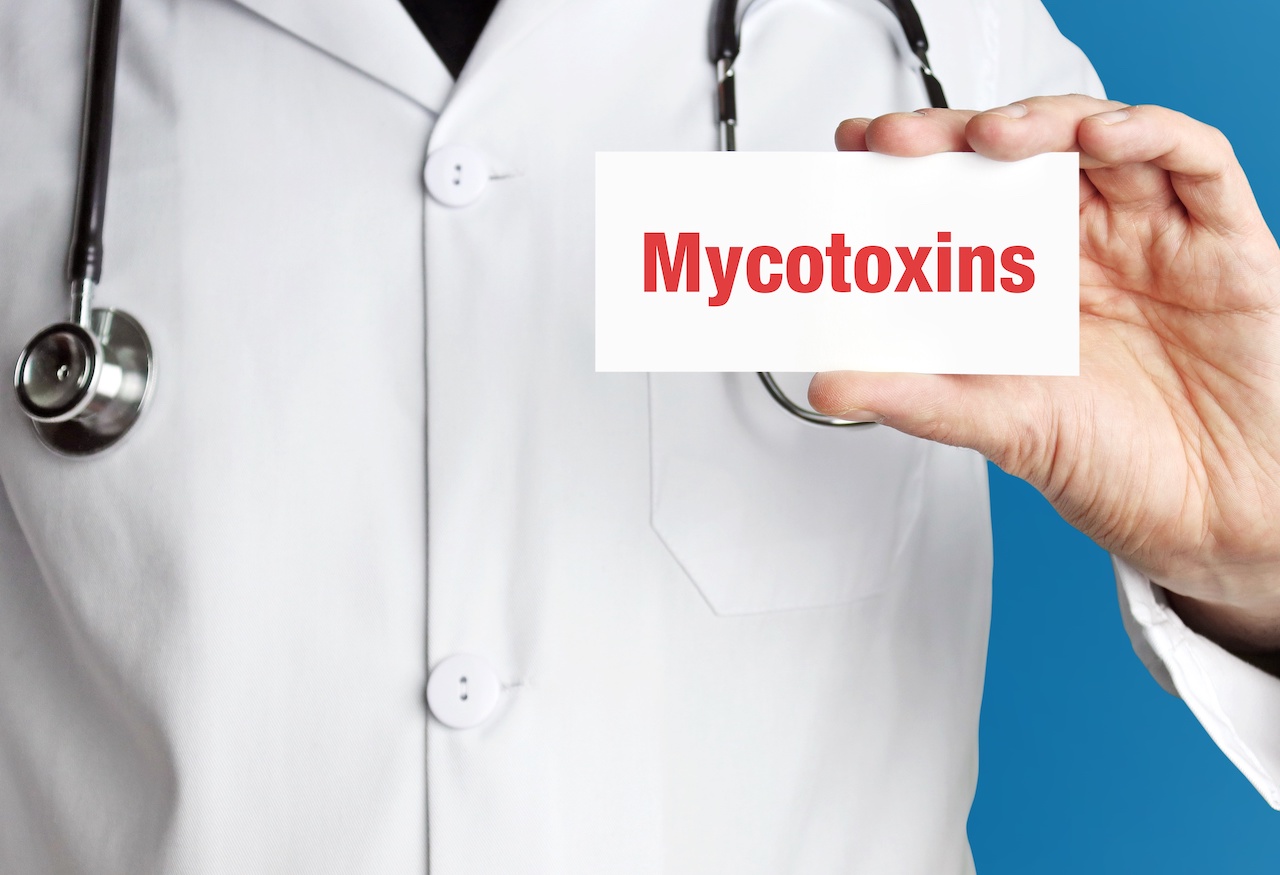It’s hard to deny that mold is one of the most infamous and common household fungi. Besides its musky smell and ugly appearance, mold can pose some serious health risks to anyone living in an infested house. In fact, mold-related mycotoxins are becoming more common in urine test results. What’s even worse is that most people who get tested positive for mycotoxins have no idea where they got them from. But what are those mycotoxins, and how should you know if you are already dealing with them?
What Are Mycotoxins?
Mycotoxins are small particles produced by fungi, such as mold, that are toxic to animals and humans. And while there are hundreds of different types of mycotoxins, only some of them pose a real human health risk. Even so, mycotoxins have the potential to cause chronic or acute health problems via ingestion, inhalation, or skin contact. That’s why you can get checked for mycotoxins in almost all labs that handle urine tests.
What Are the Symptoms of Mycotoxins?
Although a urine test is the best way to check for mycotoxins, there are a few telltale signs that you might be infected. If you notice some of the following you may want to ask your doctor if you should get checked for mycotoxins:
- Itchy eyes
- Nausea
- Fatigue
- Headaches
- Respiratory infections
- Difficulty concentrating
What Should I Do Next?
If you are diagnosed with mycotoxins, then you may need to undergo medical treatment to remove all the toxins. In most cases, the doctor will prescribe antioxidants, activated charcoal, and probiotics. Most people naturally detox mycotoxins and some tend to not detox as quickly and their body ends up accumulating mycotoxins in their system, which causes symptoms. Diet definitely needs to be analyzed and ruled out. Specifically cereals, wheat, grains, coffee, etc.) all have higher levels of mycotoxins that can build up in certain people’s bodies. Besides, you must find and deal with the source of the infection, which is usually either mold inside your home, school, or workplace.
Getting Rid of Mold
However, getting rid of mold in your home can be a daunting task, especially if you have no idea where to look. Our advice is to check for any sign of dampness or infiltration since mold should be close to those spots. Additionally, you should look underneath doormats, under the sink, and near the coffee maker. You can check out our article if you want to read more about the sneaky places where you can find mold.
Once you find mold, you will need to remove it using different methods depending on the material where it is located. While you can get rid of most mold infestations with bleach or white vinegar, sometimes you will need to throw out the affected object. For example, mold tends to destroy paper, meaning that you might have to throw away infested books or documents. Nevertheless, it’s essential to remove mold in order to prevent further mycotoxin infections. If you want assistance with finding or removing mold in your home, contact Mold Solutions.
Final Thoughts
Overall, whether you are prone to infections or not, mycotoxins are something you should be wary of. But with some awareness, you can easily spot most of the common symptoms before you experience serious health issues.
Nevertheless, if you are dealing with a serious mold infestation, you should call the professionals as soon as possible. Luckily, Mold Solutions is here to help you deal with mold, no matter what type of infestation you are facing. Thanks to our highly trained team, we provide both residential and commercial mold removal services. And since we understand that your time is valuable, we work fast without it affecting the quality of our services. So why waste your time dealing with pestering mold when you can count on Mold Solutions to do all the work for you?








